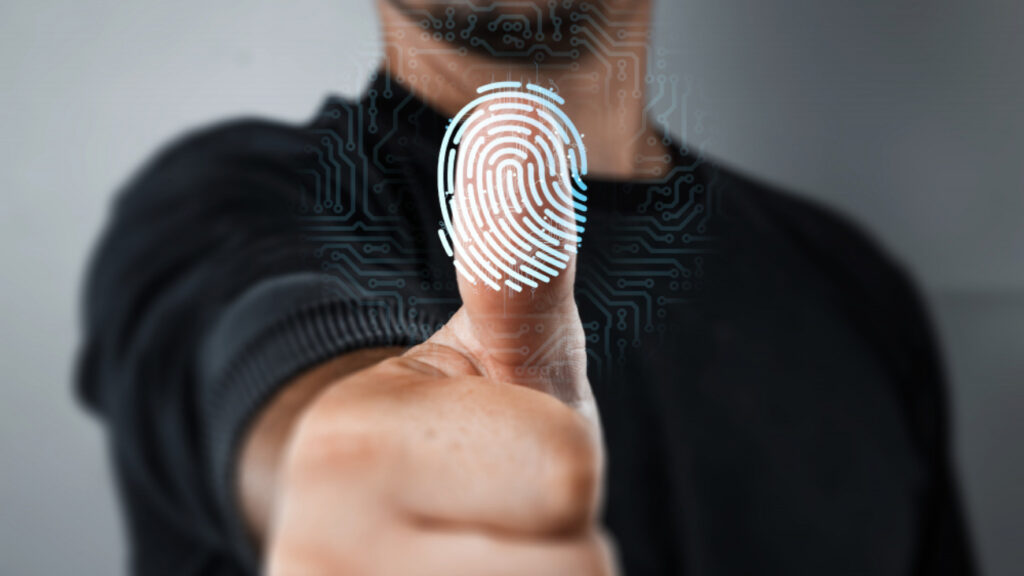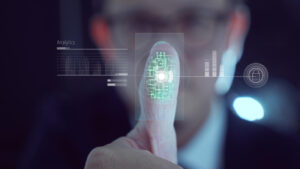A new and important area in behavioral biometrics is Gait recognition. A person’s gait or the way he walks can be used to uniquely identify the person. Gait recognition is being extensively used in criminal investigation. A question arises on how accurate such a recognition system could be. We look at the answers to this question.
What is Gait recognition and how does it work?
Gait recognition is a technique using which a person can be uniquely identified based on the way they walk or run. The wide availability of CCTV cameras has ensured it is easy to access videos of persons. These videos can be used to identify a person based on the gait. To make the work easier, gait recognition systems have been developed. The systems make use of software to achieve their objective.
Gait recognition systems work using an algorithm. It is important to understand how the algorithm works to recognize a person based on gait:
- Firstly, a gait database is created based on videos of people walking.
- When gait recognition has to be done, the video of a person walking is used and the system analyses it.
- Gait data is obtained from the video. It includes the use of techniques like contour detection, silhouette segmentation, and feature extraction.
- The gait features obtained is then compared with the gait database. A classifier is used for the purpose of detection
- If the features match, then a positive match is indicated by the system.
Gait recognition systems use the above process to identify persons. The key here is to have a gait database and for the system to be able to extract features efficiently.
Accuracy of Gait recognition systems
Gait recognition is being used in many countries and even courts have begun to accept it. The question that comes up is how accurate would such a system be. Can courts rely on gait recognition and use it as evidence?
The use of artificial intelligence and machine learning has helped in making gait recognition systems robust. Studies have shown that the error rate of such systems is 0.7%, which is almost negligible.
Conclusion
The growing popularity of gait recognition has led to the development of gait recognition systems. These systems use machine learning to ensure a higher level of accuracy. With errors being negligible and technology continuously evolving, there is no doubt that gait recognition is a reliable and accurate system for identification of persons. The article has been written by Bahaa Abdul Hadi and has published by the editorial board of Identity Herald. For more information, please visit www.identityherald.com.




